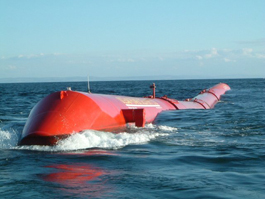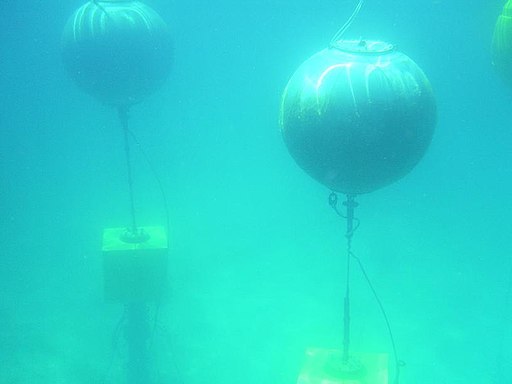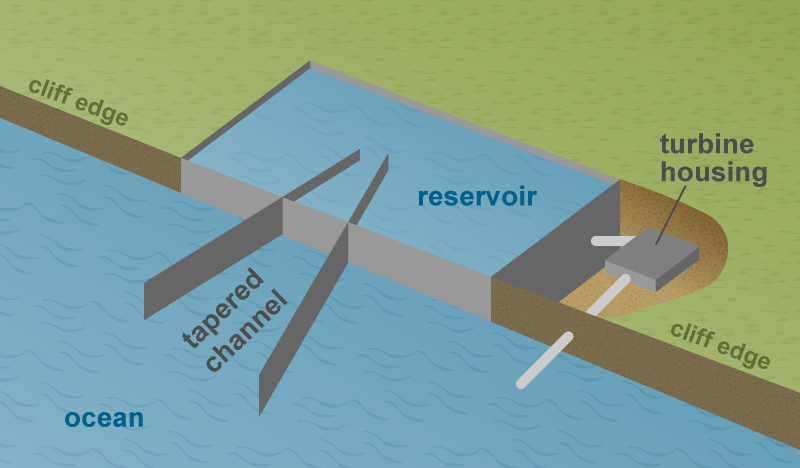Waves have a lot of energy
Waves form as wind blows over the surface of open water in oceans and lakes. Ocean waves contain tremendous energy. The theoretical annual energy potential of waves off the coasts of the United States is estimated to be as much as 2.64 trillion kilowatthours, or the equivalent of about 64% of total U.S. utility-scale electricity generation in 2021. (Utility-scale generation is from electric generators with at least one megawatt of generation capacity.) The west coasts of the United States and Europe, and the coasts of Japan and New Zealand, have potential sites for harnessing wave energy. Many different methods and technologies for capturing and converting wave energy to electricity are under development. These methods include placing devices on or just below the surface of the water and anchoring devices to the ocean floor.
Different ways to channel the power of waves
One way to harness wave energy is to bend or focus waves into a narrow channel to increase their size and power and to spin the turbines that generate electricity. Waves can also be channeled into a catch basin or reservoir where the water flows to a turbine at a lower elevation, similar to the way a hydropower dam operates.
The U.S. Department of Energy's Marine and Hydrokinetic Technology Database provides information on marine and hydrokinetic renewable energy, in the United States and around the world.
Last updated: August 10, 2022



